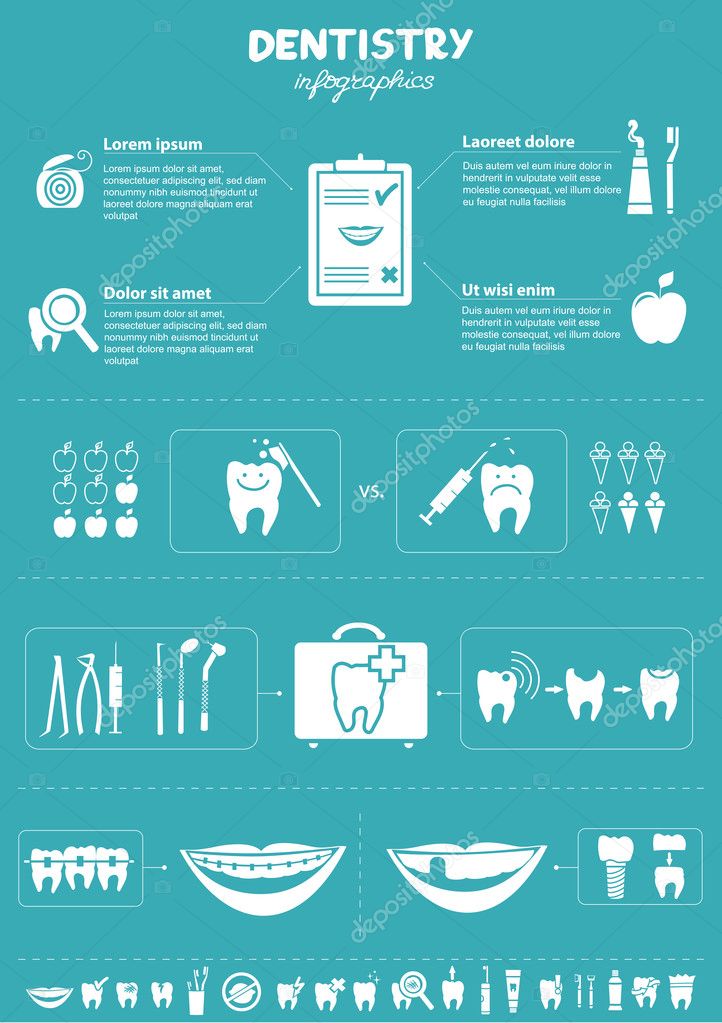In Case Of A Knocked-Out Tooth, It Is Necessary To Take Prompt Activity
In Case Of A Knocked-Out Tooth, It Is Necessary To Take Prompt Activity
Blog Article
Developed By-Davis Briggs
If you find yourself in the unfavorable circumstance of knocking out a tooth, recognizing the prompt steps to take can make a substantial distinction in saving your tooth. Managing it appropriately and acting promptly are essential in enhancing the possibilities of successful re-implantation. However what should molar teeth removal do alongside make certain the most effective result for your knocked-out tooth?
Handling the Knocked-Out Tooth
If you have knocked out a tooth, handle it carefully to boost the opportunities of effective reattachment. Initially, locate the tooth and select it up by the crown, avoiding touching the origin. It's important to keep the tooth wet, so ideally, attempt to gently position it back into the socket.
If that's not practical, save the tooth in a container with milk or your saliva to maintain it hydrated. Bear in mind not to scrub or clean the tooth with any chemicals, as this can harm the delicate tissues required for reattachment.
Avoid covering the tooth in cells or towel, as this can cause dehydration. Time is important, so seek dental treatment right away. The longer the tooth runs out its outlet, the reduced the chances of effective reimplantation.
Immediate Emergency Treatment Tips
Begin by gently rinsing your mouth with lukewarm water to clean the location around the knocked-out tooth. This will assist eliminate any type of dirt or debris that might be present. Beware not to scrub or touch the root of the tooth, as this can trigger further damages.
Next off, ideally, attempt to place the tooth back right into its outlet. Hold https://bestwhiteningtoothpaste73950.blog2news.com/30823582/developments-in-invisalign-what-s-new-in-orthodontic-modern-technology in position by delicately biting down on a tidy piece of gauze or towel. If you can not return the tooth, don't force it. Instead, maintain it damp by placing it in a cup of milk or saline service. Prevent saving the tooth in water as it can damage the origin cells.
To take tooth extraction recovery of any blood loss, apply gentle pressure to the location making use of a clean gauze or towel. You can additionally apply a cool compress to minimize swelling and eliminate pain. Bear in mind to take over-the-counter pain medication as needed.
Looking For Emergency Situation Dental Care
When dealing with a knocked-out tooth, looking for emergency oral care promptly is important to raise the possibilities of saving the tooth. Contact your dental professional promptly or head to the nearest emergency oral center. Time is important in such scenarios, as the quicker you obtain therapy, the greater the possibility of effective re-implantation.
Emergency oral treatment companies are outfitted to manage dental emergency situations, consisting of knocked-out teeth. They've the competence to evaluate the condition of the tooth, address any accompanying injuries, and take the necessary actions to try to save the tooth. Remember to deal with the tooth very carefully, holding it by the crown and avoiding touching the root, to keep its practicality.
Delaying looking for emergency situation dental treatment can significantly lower the possibilities of conserving the tooth. Without prompt professional treatment, the tooth may not be salvageable. Act quickly, follow the assistance of the oral experts, and boost the chances of protecting your all-natural tooth.
Conclusion
Bear in mind, fast action is vital when taking care of a knocked-out tooth. Take care of the tooth thoroughly, rinse with water, return preferably, or shop in milk/saline service.
does tooth extraction hurt and cool compress to manage bleeding and swelling. Seek emergency situation dental care immediately for the very best chance of saving the tooth.
Time is essential, so don't delay in getting specialist aid to preserve the tooth's stability.
